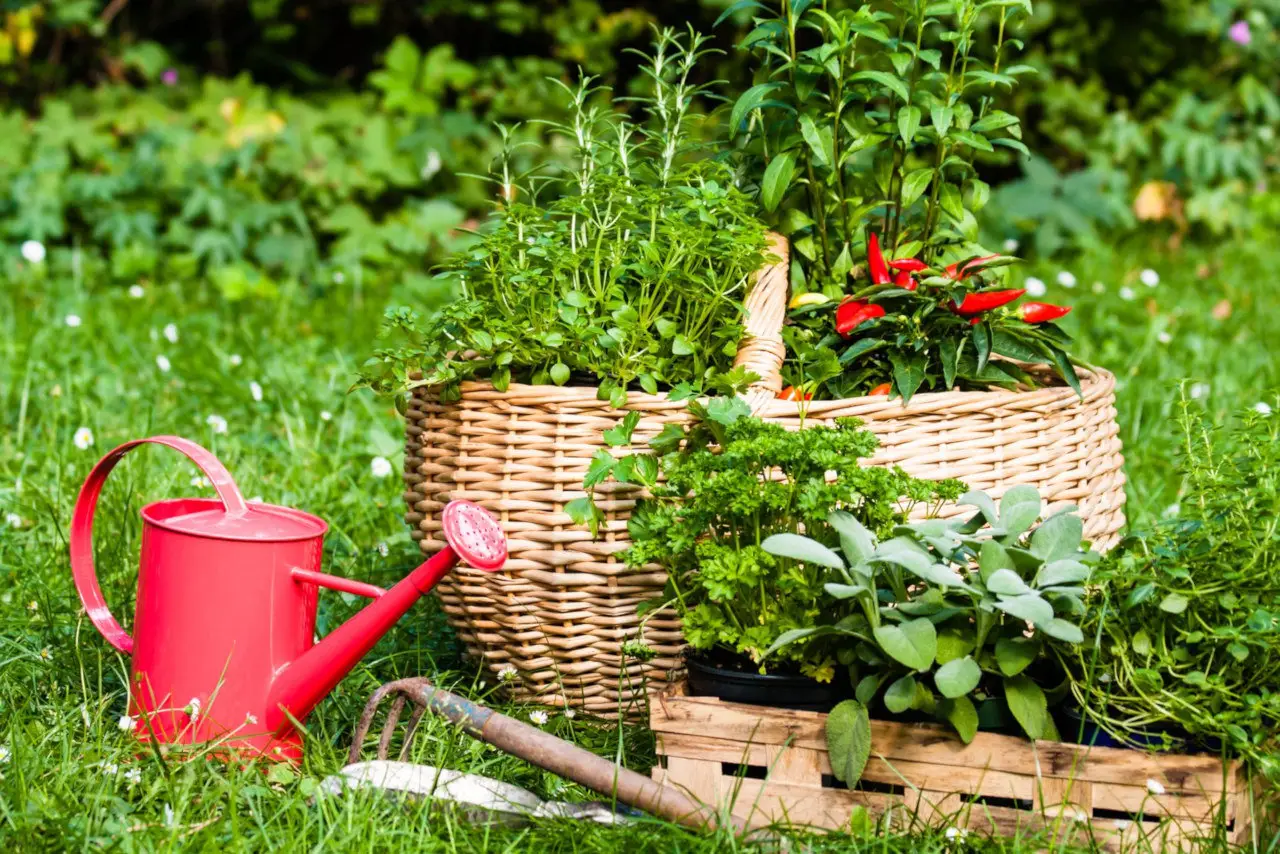The biggest mistake you can make when caring for parsley is wrong watering. The seasoning herb is really a bit squeamish in this respect. It is important to be careful when you water your parsley.
The soil should not be too dry, but parsley does tolerate waterlogging even less than dryness.
How to Water Parsley Properly
Parsley does not object to moisture per se, it grows even in slightly moist soil, as long as waterlogging does not form. The secret to watering parsley is to water not too much and not too little.
Prevent waterlogging by loosening the soil well and removing soil compaction before planting or sowing parsley. Then the water can drain away well.
In hot, dry weather, you will need to water the parsley more frequently, but only small amounts at a time. It is better to reach for the watering can more often rather than watering the plant too much at once.
How to Water Parsley in a Pot
Parsley in a pot often dies because it is watered incorrectly. Either it gets too little or too much water.
The most important step happens even before watering. You should always plant the seasoning herb in a pot or balcony box that has large enough holes for water drainage.
Then, place the pots on a saucer. Tip away any water that collects on the saucer after watering. This will prevent the water from accumulating and damaging the roots.
How to Water Parsley With the Watering Can
You should not sprinkle parsley with the garden hose. The water will cause the curly leaves to become very heavy and lie on the ground.
Instead, it is better to use a watering can and water the plant from below.
This is the best way to water:
- Use rainwater for watering
- Water parsley only with a watering can
- Water from below and try to wet the leaves as little as possible
- Do not use water that is too cold
How Do I Know I Should Water the Parsley?
Experienced gardeners do the thumb test before watering parsley and also other plants.
To do this, simply stick your thumb a little way into the soil. Once the top of the soil has dried two to three inches, it’s time to water.

